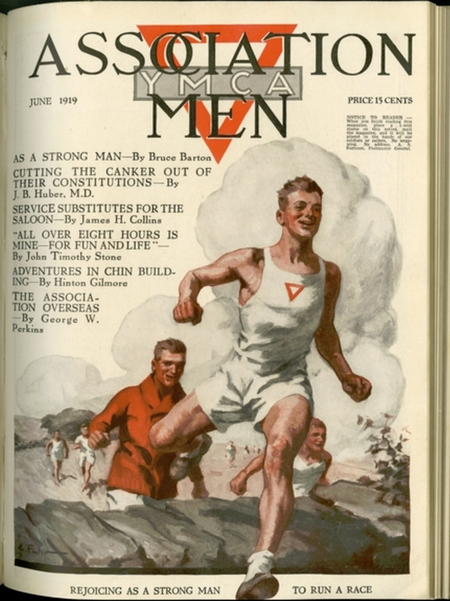Kautz Family YMCA Archives
Archives in the United StatesUniversity of MinnesotaYMCA

The Kautz Family YMCA Archives, located at the University of Minnesota Libraries in Minneapolis, United States, archives the historical records of the U.S. YMCA national association, YMCA of the USA, the records of the Minneapolis and Greater New York YMCAs, and those of the Y's Men International, a service club in partnership with the YMCA.The Kautz Family YMCA Archives are a unit of the University of Minnesota Libraries Department of Archives and Special Collections, and housed in the Elmer L. Andersen Library on the University of Minnesota Minneapolis West Bank Campus.
Excerpt from the Wikipedia article Kautz Family YMCA Archives (License: CC BY-SA 3.0, Authors, Images).Kautz Family YMCA Archives
21st Avenue South, Minneapolis
Geographical coordinates (GPS) Address Nearby Places Show on map
Geographical coordinates (GPS)
| Latitude | Longitude |
|---|---|
| N 44.973254 ° | E -93.243113 ° |
Address
Elmer L. Andersen Library
21st Avenue South 222
55455 Minneapolis
Minnesota, United States
Open on Google Maps










